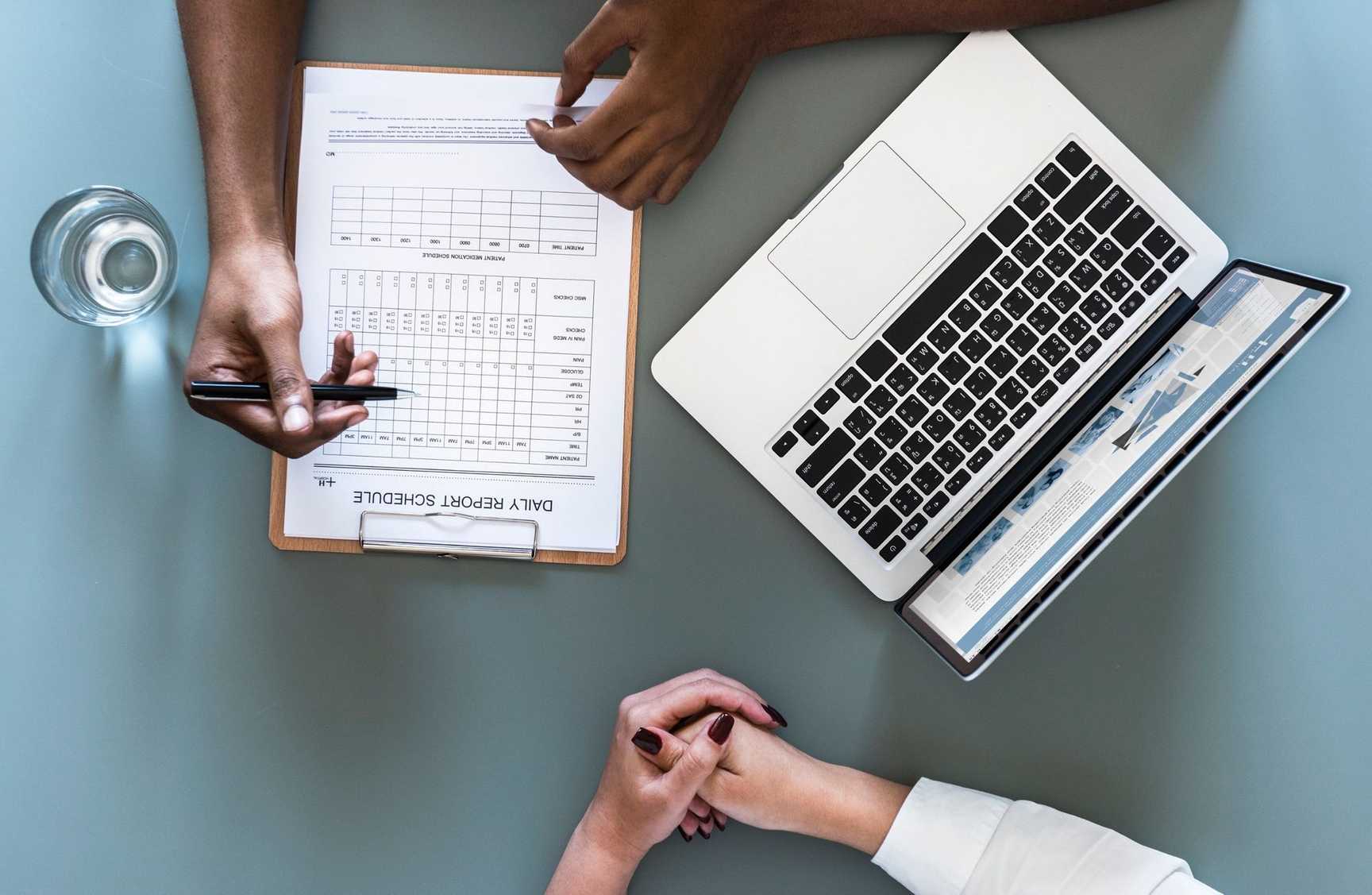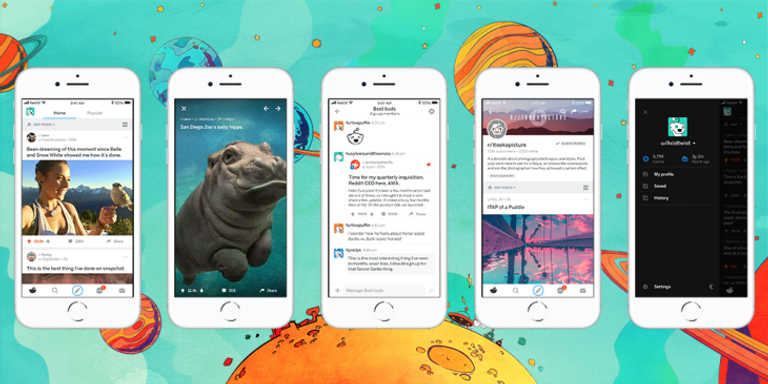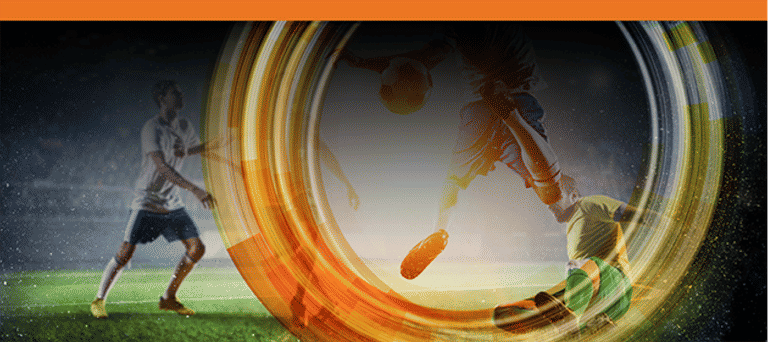Realtime Roundup #3 — Healthcare IoT & Realtime Updates
The goal of this article is to demystify the buzz around the Internet of Things and specifically healthcare IoT by breaking down the silos and understanding how realtime experiences are changing the way devices interact, and the impact they are going to have in the future of healthcare.
What does Internet of Things (IoT) actually mean?
Internet of Things (IoT) is a way of connecting devices to the Internet and to each other using wireless technology. This allows developers to add technology-based features to physical devices including the ability to deliver experiences in real time.
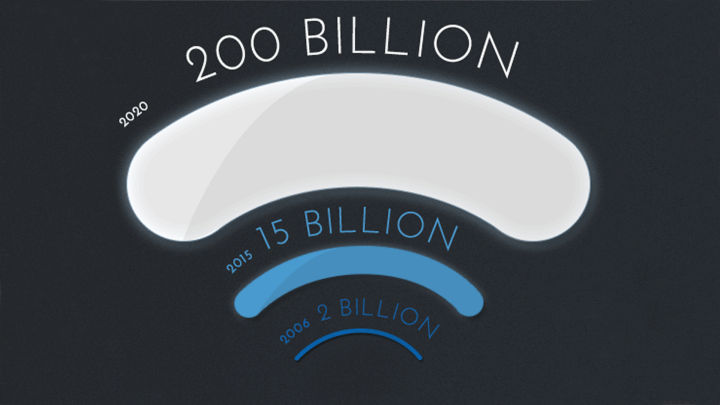
The excitement around the innovation that is concentrated around IoT and the rate at which it’s changing the way it’s applied is supported by the exponential rate of growth.
It is expected that 200 billion devices will be connected by 2020 which equals to 26 smart devices for every person on Earth. The total market potential of IoT technology will reach up to 6.2 trillion USD with 38% of the total value coming from devices in health care.
Healthcare IoT (IoMT) and how does it relate
Internet of Medical Things (IoMT) has been developed to allow medical devices and applications to gather data and communicate, over a wireless network, with healthcare IT systems.
Due to the technological advancements of consumer mobile devices such as Radio Frequency Identification (RFID) and Near Field Communication (NFC), there is now the possibility for mobile devices to communicate directly with IT systems. An ageing population, rising healthcare costs and technological innovations have driven governments to introduce policies focused on aiding the IoMT sector.
One of the primary policies present in the US is the Health Information Technology for Economic and Clinical Health (HITECH) Act. Its primary goal is to establish programs to support the promotion of health IT, but also regulate electronic health records (EHRs) and private and secure electronic health data exchange. The Health Insurance Portability and Accountability Act (HIPAA) goes even further by focusing primarily on ensuring the protection of electronic protected health information by addressing technical and non-technical safeguards.
In order to understand how IoT applies in healthcare, you need to first understand the use cases of IoMT and how realtime is enabling this evolution. We are going to break it down and look into the primary use cases using the healthcare market map, from real time patient monitoring, wearables tech devices to urgent care push notifications.
Clinical Efficiency & Biometric Sensors
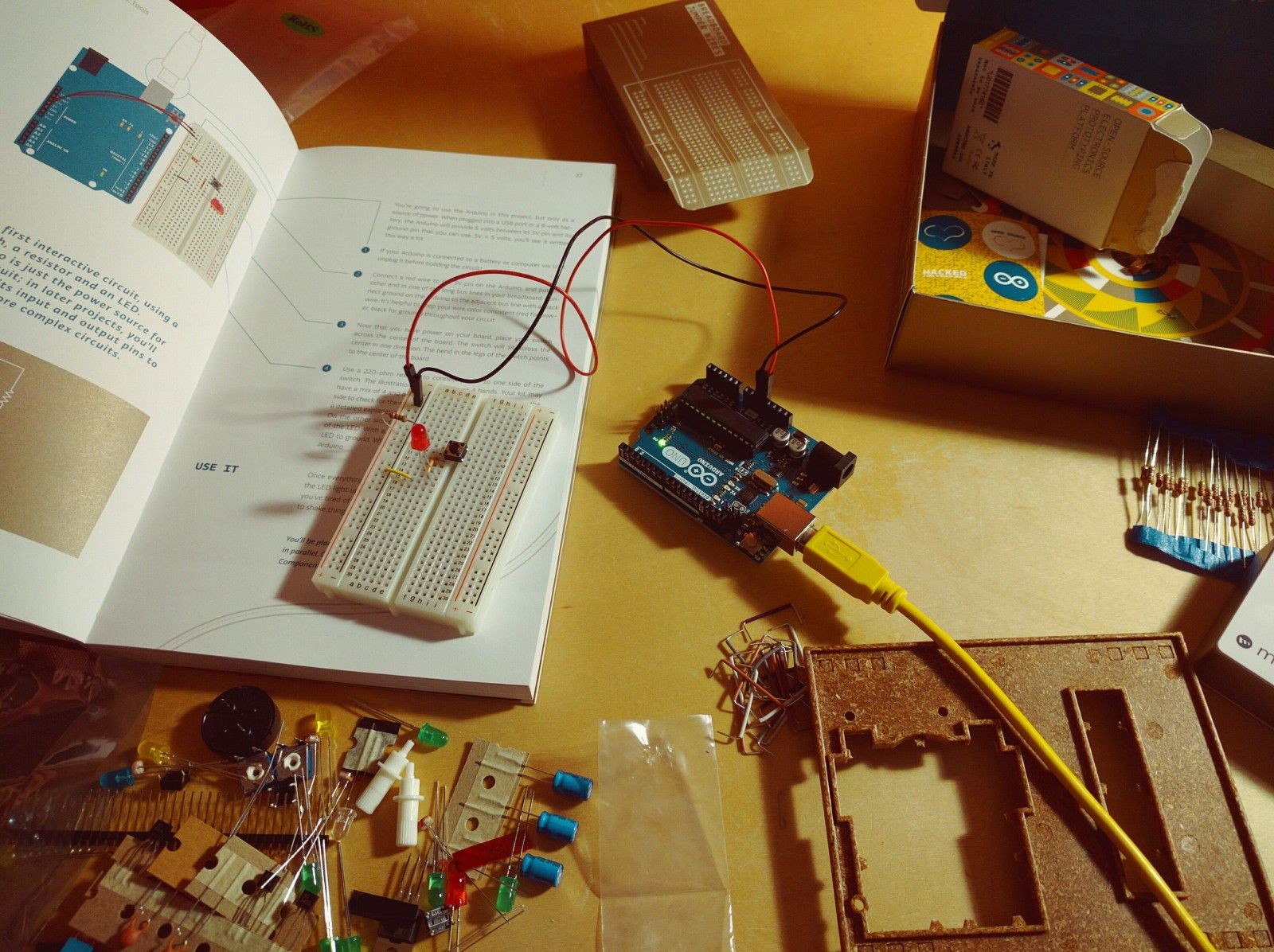
Biometric sensors have revolutionised how patients with long-term illnesses interact with their doctors. Regular check-ups are no longer required as doctors are able to monitor patient information in real time and make recommendations accordingly. This has created a connected healthcare ecosystem with less pressure on hospital resources and greater flexibility and freedom for patients.
The ability to enable location tracking of patients and medical equipment using sensor-based technology, has created a service on its own that is nowadays referred to as location-as-a-service. Some of the examples include tracking of medical devices that used to monitor patients and usage of geo-tracking for urgent medical assistance which can make a huge difference for patients in need.
When onboarding a user on a health monitoring application, one of the key aspects is making sure that the connected device is able to deliver the realtime updates securely and that all data is sent back to the health monitoring systems ensuring guaranteed data delivery.
Consumer and Home monitoring
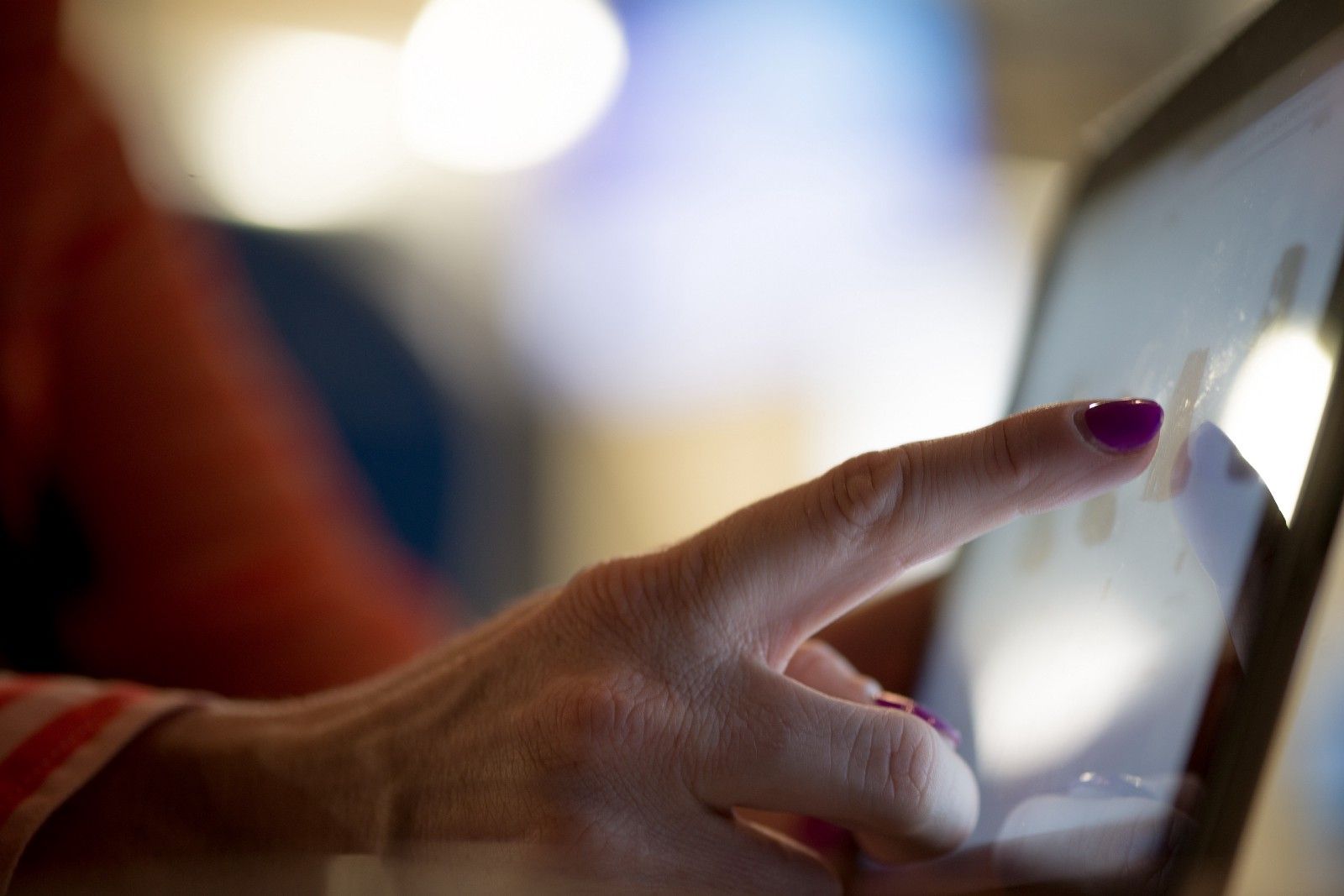
With the introduction of new technology, there is a large demand for consumer-based medical devices that are used to collect biometric information. The use cases in which IoMT devices can help, varies from addiction cessation trackers, smart thermometers, and monitoring systems for electrocardiogram testing.
This allows for patient monitoring to be easily done remotely and provides insights to healthcare professionals and the ability to set alerts in case of any spike or changes in the patients’ conditions before it becomes serious.
One of the latest breakthroughs is the flash glucose sensing device which allows you to check the blood glucose levels by scanning a sensor worn on the patient’s arm. This device will allow type 1 diabetes patients to manage their condition while making their lives much easier.
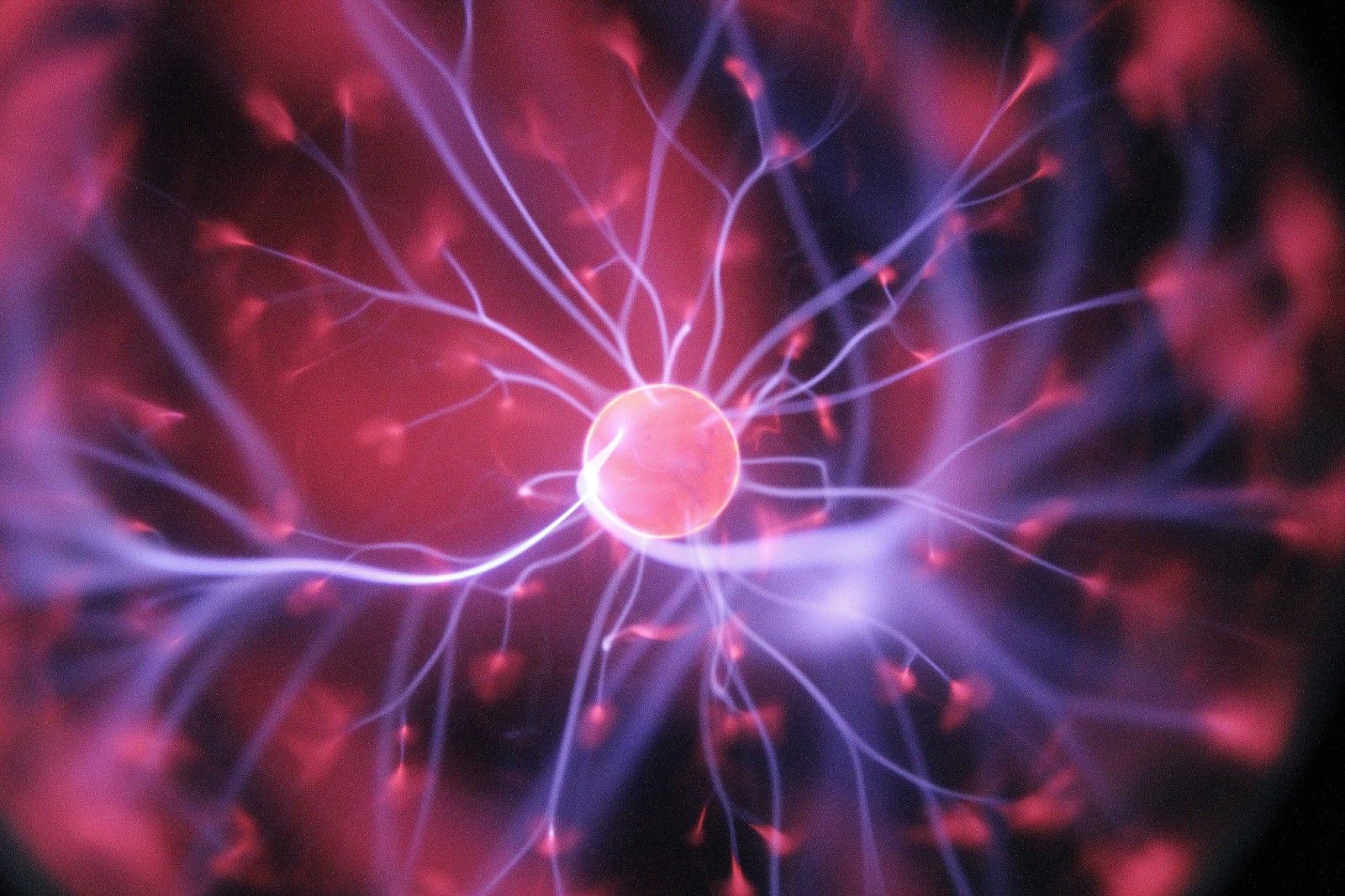
Neurotechnology is focused on using medical devices to track brain activity and monitor its behavior. By using electrical stimulation and analyzing how the nervous system functions, you can gain insights in identifying various medical conditions.
The ability to use brain signals and diagnose a detailed health assessment can help identify various diseases such as Alzheimer’s, and mild cognitive impairment. Although many of these technologies are still in clinical trial phase, the influence that IoT has on health care is not to be ignored and the possibilities are endless in combining tech as a key advancement in the medical field.
Fitness Wearables & Sleep Monitoring

The fitness wearable market is expected to reach $48.2 billion by 2023 according to a market research by P&S. The rise of the fitness tracking apps and health monitoring devices has brought more attention to fighting obesity, meanwhile boosted by the increase in disposable income. It’s wasn’t a long time ago that fitness wearables were considered a thing of the future.
Today, we can choose from various functionalities and tech gadgets from brands such as Apple with their iconic smartwatch to the likes of Fitbit focusing primarily on providing a fitness wearable solution for active people.
The wearable device collects data that is converted using steps and activity, into calories and sleep quality, which is delivered using some guesswork. Some of the fitness wearables are able to also measure your heart rate using optical sensors that shine a light on your skin and measure your pulse directly.
When it comes to sleep, the wearables are able to measure your movement during sleep using your wrist movements and based on an algorithm, assess your sleeping patterns. The trackable data from the fitness wearable is usually sent using Bluetooth as one of the most popular protocols for wireless communications between devices.
How important is Security in IoMT?
Due to the sensitive data being shared across the IoMT smart devices, it’s crucial to think about security by design and make sure you build applications with this in mind. Due to the transfer and storage of data in motion that includes personal information, lots of legislation is slowly been introduced across different regions around the world to prevent data leaks.
One of the key compliances to consider when building an IoMT device is Health Insurance Portability and Accountability Act (HIPAA) compliance that we’ve mentioned earlier if you are a company present in the US market.
Will VR and AR change the future of IoMT?
Virtual Reality is no longer science fiction, it has quickly helped innovate IoMT and has brought several exciting applications, from doctor trainings to creating a better recovery experience of patients.
Virtual reality helps patients with physical or mental difficulties get treatment as part of their therapy, by presenting a scenario to aid their treatments in a stress-free environment. This way patients don’t have to be physically present in a doctors office or depend on appointments with various specialists.
It is an especially useful tool to aid how kids are being treated as patients and how they adjust within a hospital environment. By simulating a soothing experience it can easily help transport them into a friends playground and allow a way to stay relaxed and calm for longer periods of time.
VR and AR are a great way to further expand the usage of IoT in health care and help provide a way of not just lowering the cost but improving the overall patients’ experience.
Any questions or thoughts? We would to hear from you.
If you would like to dive in and implement realtime updates for you IoT use case feel free to explore the below tutorial using MQTT and Ably.
Tutorials / Mqtt snake | Ably Realtime
